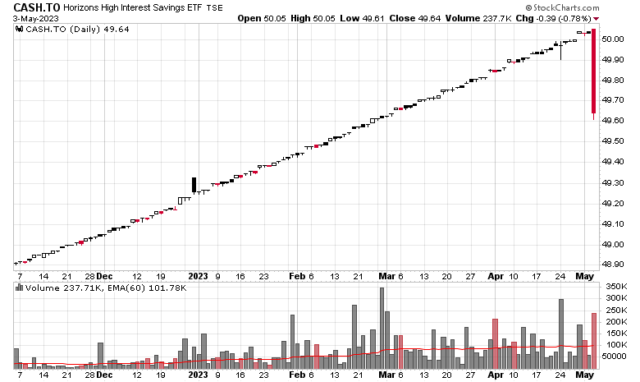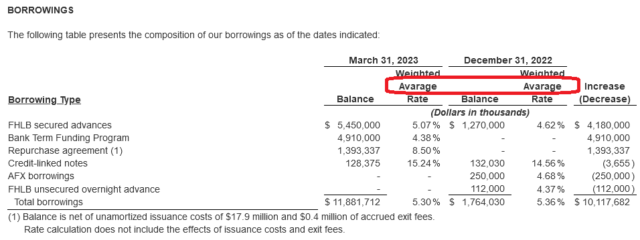There is a paradoxical rule in investing that when you anticipate the underlying price of whatever a company sells to rise, you want to be invested in a higher cost producer. The reason for this is embedded leverage. In a flat to declining price environment, you want to be invested in the low cost producer.
An example will suffice.
Say the market rate for widgets is $100. Company A (high cost producer) can make widgets for $90 a piece, leaving $10 of profit per widget. At a 10x multiple, the company would be worth $100 a widget. If the price of widgets goes up to $200, the company would be worth $1,100 a widget, 11x your money at the same multiple.
Company B (low cost producer) makes widgets for $50 a piece, leaving $50 of profit per widget. At the same multiple, it would be worth $500. If the price of widgets goes up to $200, Company B would be worth $1,500 or a mere 3x. Not bad, but nowhere close to the high cost producer.
The reverse is true – especially if the price of widgets goes below the costs of some producers. If the price of widgets goes to $70, Company A will suffer (they will have to dig into their balance sheet), while Company B will still make a living.
Markets can anticipate these leverage effects and compensate valuations accordingly – in particular price to earnings multiples decrease as prices increase. But over market cycles, costs matter.
I’m looking at earnings of coal companies, and the contrast between ARCH and BTU is quite striking.
In Q1-2023, ARCH produces its metallurgical coal at a cash cost of US$82.66 per short ton, while BTU is $151.13. In Q4-2022, HCC was $123.40, while AMR was $112.97. Teck reported US$103 per metric ton, which is about US$94 per short ton. (In the case of Teck, there is a bit of an accounting fudge factor as some of this cost is the amortization of “capitalized stripping”, which creates unevenness in cash flows, a technical matter well beyond the point of this discussion).
As met coal prices come back down to earth (they were as high as US$450 per short ton last year and are roughly US$260 or so presently), low cost producers should start to feel the pinch on their cash flows.
It leaves the question why one would want to invest in a company producing a commodity in a lowering cost environment, and that is where some market skill comes into place – there is an anticipation of cyclicality in these companies. You can also play expectations against each company by engaging in pair trading – long one, short another (and pray that your short doesn’t get bought out).
However, there is one raw number that really counts – cash dividends. If you’re going to get paid a reasonable return on equity, it still might be good enough.
In this respect, ARCH’s 50/50 plan (which is giving 50% of free cash flow directly off as special dividends and the remaining 50% for debt/capital/remediation/buybacks) has a certain elegance to it. As more shares get repurchased, the amount of the dividend that gets distributed will rise over time. It is like a very strange version of dollar cost averaging except the company is deciding to do it for you.
In 2022, ARCH gave out about $25/share in dividends. I do not anticipate this level of distribution will continue. For one, they will start paying significant cash income taxes which will reduce the dividend stream. However, there is a reasonable chance that the cash payouts will continue being in the double digit percentages, coupled with share appreciation through buybacks. Another paradox about having high amounts of cash flows is that you want to see the stock price lower, not higher – the reason is because reinvestment (in the stock) can compound at higher rates when done at lower prices.
It would not shock me in the least to see some more consolidation in the sector. We’re already seeing Teck trying to avoid one.
Also, for reference, read my December 2019 post on Arch. Even after Covid-19, this write-up is aging pretty well.



